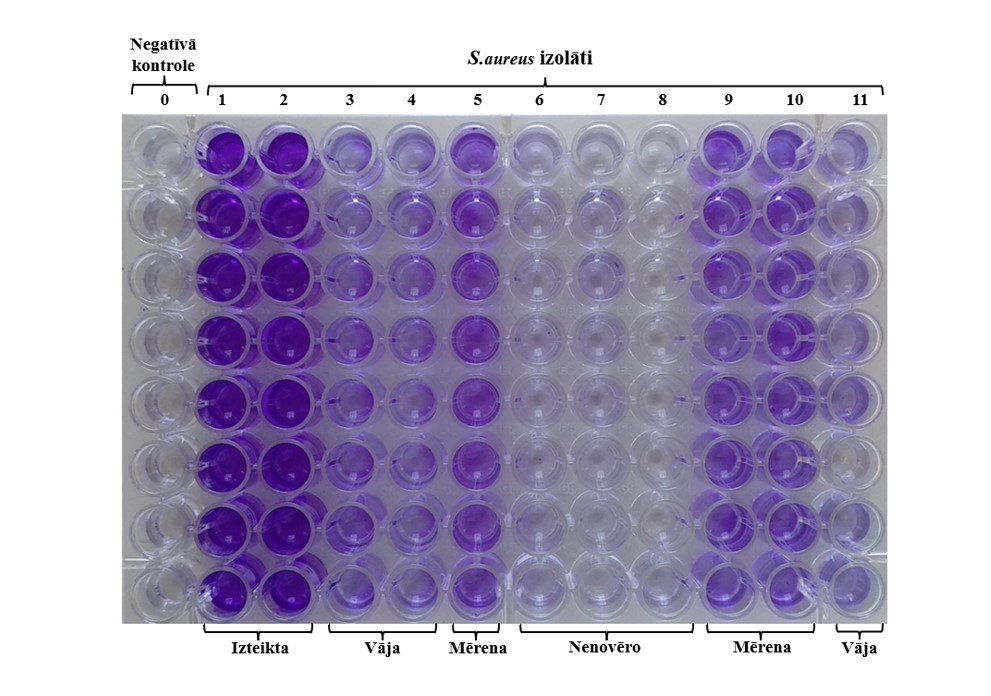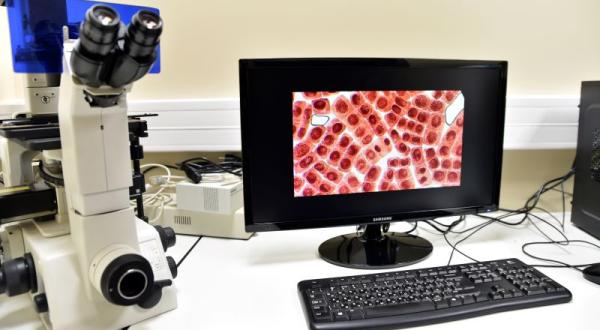Research on the role of bacterial biofilms or mucous membranes in palatine tonsillitis
Recurrent tonsillitis is a repeated (recurring) bacterial inflammation of the palatine tonsils. It decreases the quality of life, leads to financial losses due to the inability to work and medical expenses, and can be severe, spreading deeper and lead to complications like peritonsillar abscess (PTA).
Flare-ups of recurrent tonsillitis are treated with antibacterial therapy, but if the flare-ups recur three or more times each year, doctors usually recommend surgery to remove the tonsils.
It is not yet clear what causes recurrent tonsillitis and why antimicrobial therapy is ineffective, but it is assumed that the bacteria involved are resistant to antibiotics.
One of the ways in which bacteria can become resistant to antibiotics is by forming a mucus coating or biofilm around them.
The aim of the thesis was to identify the aetiological agents of recurrent tonsillitis and PTA in the tonsillar tissue, determine their antimicrobial resistance and their ability to form biofilms, and assess their role in the pathogenesis and clinical course of the disease.
The results show that the most frequently isolated pathogenic bacterium is Staphylococcus aureus, both in patients with recurrent tonsillitis or PTA and in healthy individuals. Pure cultures or isolates of S. Aureus did not show widespread antimicrobial resistance in any of the groups studied, but strong biofilm-forming abilities were observed in S. Aureus isolates from the tonsil tissue of healthy individuals. It is likely that mucosal biofilms are a natural form of bacterial coexistence and do not indicate a pathology of the palatine tonsils. In contrast, patients with recurrent tonsillitis have an altered bacterial composition in their tonsils.

Biofilms of S. aureus isolates
The plate contains 11 strains and a negative control (sterile broth) with 8 wells for each strain. Staining was carried out with crystal violet dye, which distinguishes a strong (3T, 7C), moderate (6C, 8C, 15C), weak (3C, 4C, 12C) degree of biofilm production and non-producers of biofilm (11N, 15N, 16C). Image from Renāta Vīksne's thesis
The image shows the biofilm detection under laboratory conditions. S. aureus obtained during the study was propagated in a plate and the biofilm formed was stained - the darker the colour, the more pronounced the biofilm.
Renāta Vīksne will defend her doctoral thesis "Role of Biofilms in Pathogenesis and Clinical Course of Recurrent Tonsillitis and Peritonsillar Abscess" on 23 November 2023. Read more




